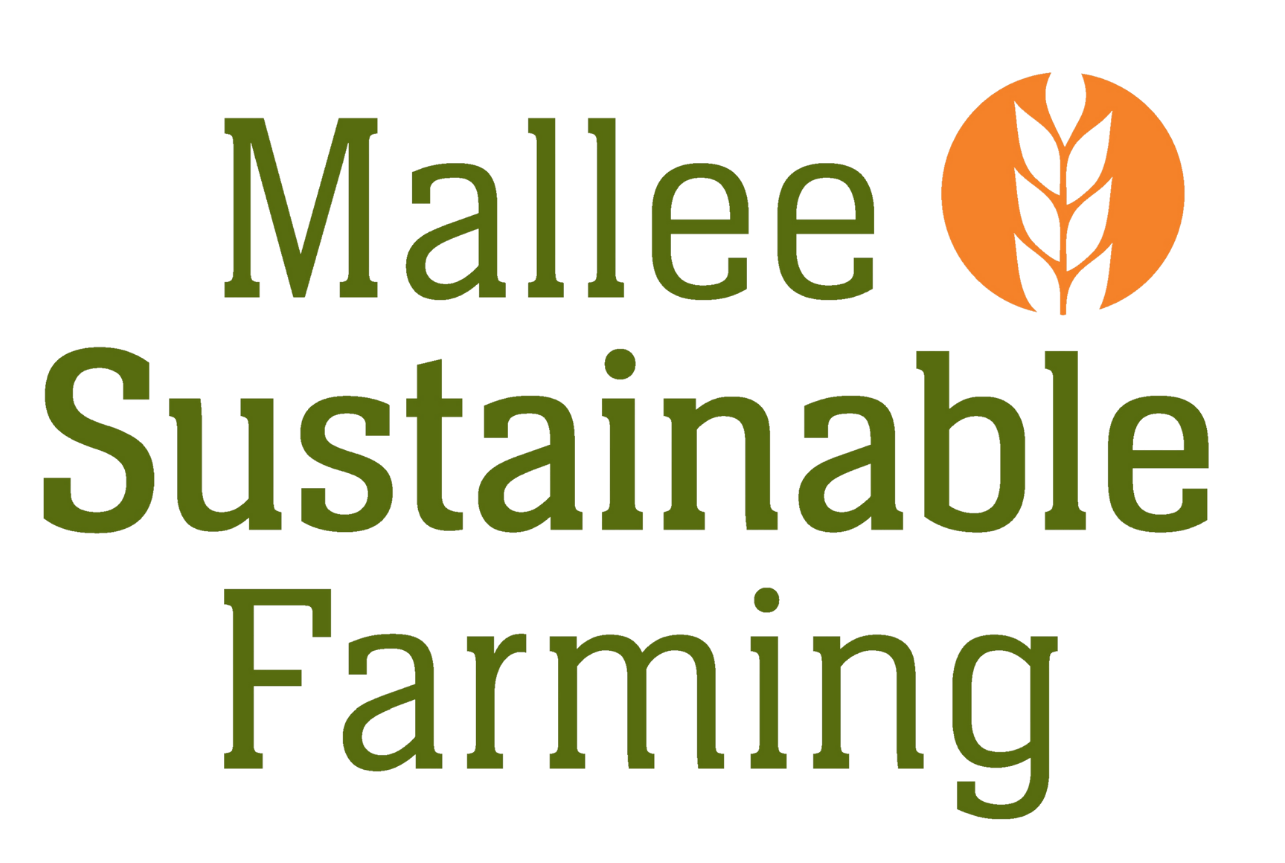

ABOUT the project
The cropping region in Southwestern NSW has evolved dramatically since the early 2000’s and over the past decade, there has been a further refinement in paddock rotations with the adoption of more diverse rotations. Legume crops such as lentils, chickpea, field pea and vetch have become an important component of regional crop sequences and the added nitrogen (N) supply from these enterprises is providing significant vigour and yield benefits to subsequent cereal crops.
Despite the obvious benefits from improved N supply, farmers are balancing risk and wary to apply additional N inputs from inorganic fertiliser inputs. Therefore, the question remains – can further productivity gains be achieved, particularly in better rainfall seasons, with improved N supply over and above what is supplied through the organic N sources from legumes. Furthermore, while pulse crops can fix considerable quantities of N, significant quantities of N are also removed as hay and grain. Therefore, additional N fertiliser inputs may be required to prevent N being mined from the soil organic N pool.
In 2020, a new trial was established near Gol Gol in the South Western NSW Mallee region with funding from the Western Local Land Services. This trial will run over three years to compare rotations with differing levels of N supply and inputs. In the subsequent season the break phase will be followed by a sequence of wheat and barley, with varying levels of fertiliser inputs overlayed.
Results & Resources
-
Compendium article – Long term nitrogen management for sustainable farming systems in southwest New South Wales
-
Immersive Ag – Long term nitrogen management for sustainable farming systems in southwest New South Wales
Previous slide
Next slide
Acknowledgments












